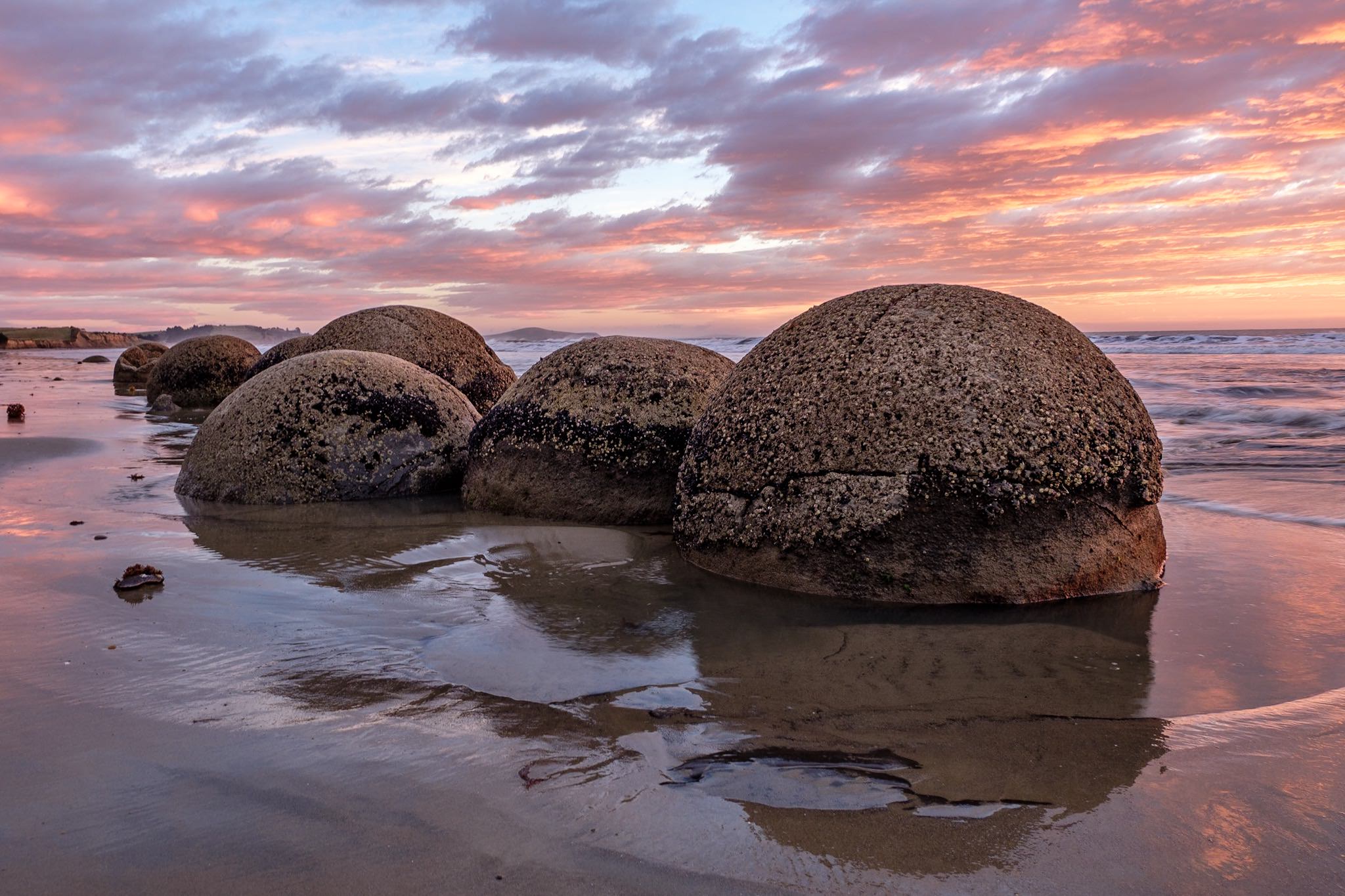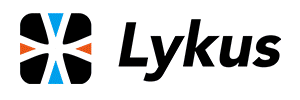Newbie here- know just enough to cause trouble, I blame it on my magnetic personality;-) so my pictures I have taken are in JPG format in the DCIM folder. I have Adobe CS6 and Adobe Premiere Elements 2021. I heard that RAW pictures are better, JPG are great for the internet but pictures should be a higher resolution. how do you change or should I change it to the RAW formate?
You are using an out of date browser. It may not display this or other websites correctly.
You should upgrade or use an alternative browser.
You should upgrade or use an alternative browser.
jpg pictures in DCIM folder
- Thread starter Pyrate
- Start date
Not A Speck Of Cereal
Well-Known Member
- Joined
- Apr 26, 2019
- Messages
- 1,458
- Reactions
- 1,213
Very briefly (there's a lot that could be mentioned at this point):
The camera settings are on the right side of the screen in DJI Go. You can change from high to low resolution, from JPG or DNG (raw) or shoot both. RAW isn't necessarily higher resolution as much as it is a much better editing format, whereas JPG is an end product, a finished product created when you shot the image (though you can edit it later, it is recommended to shoot RAW if you intend to edit).
A DNG (raw) file allows you to change most of the camera settings after the fact so you can fine tune / edit in Photoshop to your liking, many times if you like, without any loss in quality. Then you can save out a JPG to publish to social media (high or low rez JPGs).
But JPG works for lots of people. If you change the picture settings (brightness, contrast, saturation, etc.) in DJI GO to your liking, the JPGs can be good for many folk's liking straight out off of the storage card, no editing required. It just depends on how much work you want to put into it.
Chris
The camera settings are on the right side of the screen in DJI Go. You can change from high to low resolution, from JPG or DNG (raw) or shoot both. RAW isn't necessarily higher resolution as much as it is a much better editing format, whereas JPG is an end product, a finished product created when you shot the image (though you can edit it later, it is recommended to shoot RAW if you intend to edit).
A DNG (raw) file allows you to change most of the camera settings after the fact so you can fine tune / edit in Photoshop to your liking, many times if you like, without any loss in quality. Then you can save out a JPG to publish to social media (high or low rez JPGs).
But JPG works for lots of people. If you change the picture settings (brightness, contrast, saturation, etc.) in DJI GO to your liking, the JPGs can be good for many folk's liking straight out off of the storage card, no editing required. It just depends on how much work you want to put into it.
Chris
Last edited:
Not A Speck Of Cereal
Well-Known Member
- Joined
- Apr 26, 2019
- Messages
- 1,458
- Reactions
- 1,213
Specifics: your Mavic came with an owners manual, but it does a poor job of describing DJI Go 4 control software. See this link:

 store.dji.com
store.dji.com
Scroll down to the image with the caption CAMERA VIEW. #13 is camera settings.
Further down on the page, there's a link for Camera Settings. It doesn't work. Use the following link instead (or press the number 8 below all of the links on any of those pages).

 store.dji.com
store.dji.com
Scroll down page 8 to Image Size and Image Format. Size should be 4:3 (the others are just cropped versions of that). and the format should be RAW or JPG + RAW.
I would read all of these settings (and other pages) to become more proficient with your new camera in the sky.
Cheers,
Chris

DJI Guides - DJI Store (United States)
Online shopping for a great selection of at the official DJI Online Store.
 store.dji.com
store.dji.com
Scroll down to the image with the caption CAMERA VIEW. #13 is camera settings.
Further down on the page, there's a link for Camera Settings. It doesn't work. Use the following link instead (or press the number 8 below all of the links on any of those pages).

DJI Guides - DJI Store (United States)
Online shopping for a great selection of at the official DJI Online Store.
 store.dji.com
store.dji.com
Scroll down page 8 to Image Size and Image Format. Size should be 4:3 (the others are just cropped versions of that). and the format should be RAW or JPG + RAW.
I would read all of these settings (and other pages) to become more proficient with your new camera in the sky.
Cheers,
Chris
Reading the forum it's easy to get the impression that you need to shoot raw image files to get good results.Newbie here- know just enough to cause trouble, I blame it on my magnetic personality;-) so my pictures I have taken are in JPG format in the DCIM folder. I have Adobe CS6 and Adobe Premiere Elements 2021. I heard that RAW pictures are better,
This is quite untrue and it's possible to do good work in jpg too.
Shooting raw is a specialised technique that needs specialised software and quite a bit of post-processing to get good results.
If you are new to photography, don't be misled into thinking you need to shoot raw.
Forget raw for now and concentrate on learning basics.
You can pick it up later if you feel that it will really offer something you need.
The jpg and raw images from your drone are exactly the same resolutionJPG are great for the internet but pictures should be a higher resolution. how do you change or should I change it to the RAW format?
Jpg images from your drone are much better than you've been lead to believe.
To back up this opinion, every image in this gallery was shot using jpg.

Shipping Photography Examples - Above & Beyond Photography
This gallery hosted by SmugMug; your photos look better here.
Thanks for that link Chris. I'd not seen that Go 4 guide before and didn't even know something like that existed. Understanding what is inside of the Go4 app and Fly app has largely been my limitation. Too many menus inside of menus... and with little or no explanation. Even DJI's descriptions might say "tap on the 'whammy' button to get to the dingus selector" assuming you know what whammy is in the first place, assuming you know what dingus does.Specifics: your Mavic came with an owners manual, but it does a poor job of describing DJI Go 4 control software. See this link:

DJI Guides - DJI Store (United States)
Online shopping for a great selection of at the official DJI Online Store.store.dji.com
Just set your drone software to record jpg+RAW the you get both... it will use a lot of space on your SD card. That’s what I do.Newbie here- know just enough to cause trouble, I blame it on my magnetic personality;-) so my pictures I have taken are in JPG format in the DCIM folder. I have Adobe CS6 and Adobe Premiere Elements 2021. I heard that RAW pictures are better, JPG are great for the internet but pictures should be a higher resolution. how do you change or should I change it to the RAW formate?
Thank you all very much. I am with us - use jog and learn. Like what is said. Lots to learn!
As alluded to above, there are many, many, many (did I mention "many"?) valid opinions and facts about JPG v RAW, both here and elsewhere . I found some articles on photography sites to be informative as well.
Last edited:
I have always used the RAW setting only. You can go to your GO4 app and change the settings to RAW only or RAW +JPEG. RAW captures millions of more pixel information with which you can retrieve the details in shadows and highlights. JPEG is a highly compressed file with millions of less pixel information. You already paid for a bigger sensor, why not use it. When transferring the files from SD card to desk top, they are in the DCIM file. Open that and save the files in a folder. (drag on to the desktop). When you open your Photoshop CS6 (OLD!), go to BRIDGE and open the folder in bridge (it comes with Photoshop). All of your images will be there. If you RIGHT CLICK on an image, it will open in ACR (Adobe Camera RAW). Most of the adjustments and editing can be done in RAW, Then, open into fine tuning in Photoshop and use the tools you need for local editing (dodging, burning, etc).Newbie here- know just enough to cause trouble, I blame it on my magnetic personality;-) so my pictures I have taken are in JPG format in the DCIM folder. I have Adobe CS6 and Adobe Premiere Elements 2021. I heard that RAW pictures are better, JPG are great for the internet but pictures should be a higher resolution. how do you change or should I change it to the RAW formate?
Not A Speck Of Cereal
Well-Known Member
- Joined
- Apr 26, 2019
- Messages
- 1,458
- Reactions
- 1,213
JPEG is a highly compressed file with millions of less pixel information.
Just a nit. And note that this comes from someone that always shoots RAW (not even RAW + JPG).
But it is more fair to say "JPEG is the same number of pixels captured from the sensor, with all the same color and luminance information, but is compressed after the image is created in-camera (RGB sensor bits + camera settings) to create a smaller-sized image file that is completely processed."
"Highly compressed" isn't always the case. If you save a JPG to "full quality", you will create an image that is generally indistinguishable from a JPG created from the RAW file (assuming same basic picture settings). Or even when compared to a RAW image saved to another format that is non-lossy, such as TIFF, viewed on a screen at normal viewing magnification (meaning, you aren't zoomed into 200-400%).
You can use low quality JPG save setting, in which case the JPG will start looking inferior to an HQ JPG saved from RAW.
You can open a JPG, edit, and save many times and that process (uncompress, edit, recompress) will begin degrading the image over several saves, so that is not recommended for quality information. (This is the single reason that JPG gets a bad rap, because people see JPGs that are multiple generations down the line and can see obvious compression artifacts.)
But a 100% quality first generation JPG will look just fine, as long as you are happy with the general settings (do not need to edit to adjust white balance, contrast, etc.).
And RAW is still the best bet for those of us that like to tweak images in ways that just can't happen in-camera.
Chris
Here is an excellent article from Photography Life if you really want to learn more about this.

 photographylife.com
photographylife.com
I would still stress that if you shoot RAW and use a histogram, you will be able to salvage file details in the brights and darks that would have been un-retrievable in jpg. I find this to be particularly helpful to me for drone shots towards a sunset/sunrise, where the sky dominates the exposure, causing a darkening of the foreground. I can still keep the cloud details, and then bring out the details of the dark foreground.

RAW vs JPEG - Which Image Format is Better and Why
Wondering whether you should be shooting RAW or JPEG? In this article, we go through all the pros and cons of using both formats with a number of examples.
 photographylife.com
photographylife.com
I would still stress that if you shoot RAW and use a histogram, you will be able to salvage file details in the brights and darks that would have been un-retrievable in jpg. I find this to be particularly helpful to me for drone shots towards a sunset/sunrise, where the sky dominates the exposure, causing a darkening of the foreground. I can still keep the cloud details, and then bring out the details of the dark foreground.
Not A Speck Of Cereal
Well-Known Member
- Joined
- Apr 26, 2019
- Messages
- 1,458
- Reactions
- 1,213
Yes, all true. But that doesn't change the fact that JPG isn't the evil a lot of people make it out to be.
I shoot RAW for all the reasons, including to recover details (though you can still blow out highlights beyond the Mavic camera's dynamic range) and I shoot AEB for situations where the dynamic range is that large (so I don't have to recover details).
Just sayin', there's a lot of newbie recreational photographers that just don't want to get into it that deep. Dumping on JPG like that isn't going to help them just have fun with basic photography.
Yes, he did ask about moving to RAW. I just want to be sure he is straightened out on JPG, and it sounds like he wasn't.
Chris
I shoot RAW for all the reasons, including to recover details (though you can still blow out highlights beyond the Mavic camera's dynamic range) and I shoot AEB for situations where the dynamic range is that large (so I don't have to recover details).
Just sayin', there's a lot of newbie recreational photographers that just don't want to get into it that deep. Dumping on JPG like that isn't going to help them just have fun with basic photography.
Yes, he did ask about moving to RAW. I just want to be sure he is straightened out on JPG, and it sounds like he wasn't.
Chris
Here is my somewhat simplistic view on Raw vs JPEG.
If you are trying to get the absolute best possible technically optimized image and assuming you have already mastered the art of composition and lighting and are familiar (or willing to learn) image processing software - USE RAW
Everyone else - USE JPEG
If you are trying to get the absolute best possible technically optimized image and assuming you have already mastered the art of composition and lighting and are familiar (or willing to learn) image processing software - USE RAW
Everyone else - USE JPEG
Safe way to go!Here is my somewhat simplistic view on Raw vs JPEG.
If you are trying to get the absolute best possible technically optimized image and assuming you have already mastered the art of composition and lighting and are familiar (or willing to learn) image processing software - USE RAW
Everyone else - USE JPEG
But if you save jpeg + RAW and archive the latter the user can come back later after learning and still get best images on old photos.
Your are right my CS6 is OLD- but it is paid for and i know how to use it. I also just purchased Adobe Photoshop Elements 2021 for photo and Video editing. i figured i may need the video editing for my MP. Would i be better off using the new version?I have always used the RAW setting only. You can go to your GO4 app and change the settings to RAW only or RAW +JPEG. RAW captures millions of more pixel information with which you can retrieve the details in shadows and highlights. JPEG is a highly compressed file with millions of less pixel information. You already paid for a bigger sensor, why not use it. When transferring the files from SD card to desk top, they are in the DCIM file. Open that and save the files in a folder. (drag on to the desktop). When you open your Photoshop CS6 (OLD!), go to BRIDGE and open the folder in bridge (it comes with Photoshop). All of your images will be there. If you RIGHT CLICK on an image, it will open in ACR (Adobe Camera RAW). Most of the adjustments and editing can be done in RAW, Then, open into fine tuning in Photoshop and use the tools you need for local editing (dodging, burning, etc).
Not A Speck Of Cereal
Well-Known Member
- Joined
- Apr 26, 2019
- Messages
- 1,458
- Reactions
- 1,213
Do you mean "Premier Elements" as you stated in your original post? Photoshop is for photos, Premier is for video.I also just purchased Adobe Photoshop Elements 2021 for photo and Video editing. i figured i may need the video editing for my MP.
I have both,Do you mean "Premier Elements" as you stated in your original post? Photoshop is for photos, Premier is for video.
This is the kind of nonsense that confuses new photographers and makes them feel they must shoot raw.RAW captures millions of more pixel information ... You already paid for a bigger sensor, why not use it.
Jpg images from your drone capture exactly the same number of pixels as the corresponding raw image.
Jpg images use the whole sensor just the same as raw images do.
I believe as posted above by Dale from my experience...So what is the difference?
Recommend you take an image with both formats, then look at them and their metadata... you can decide. Crop out a small area of each format and enlarge the crops... I think you will see a difference.
Similar threads
- Replies
- 22
- Views
- 2K
- Replies
- 1
- Views
- 2K
- Replies
- 32
- Views
- 2K
- Replies
- 7
- Views
- 721
- Replies
- 5
- Views
- 952
DJI Drone Deals
New Threads
-
-
Mini 4 Pro Majestic Merapi Volcano - Aerial Views from Yogyakarta, Indonesia
- Started by rohmattullah
- Replies: 0
-
-
-
3 Repairs done(mostly) Now off to explore Raja Ampat
- Started by Vernon
- Replies: 1
Members online
Total: 10,733 (members: 13, guests: 10,720)









